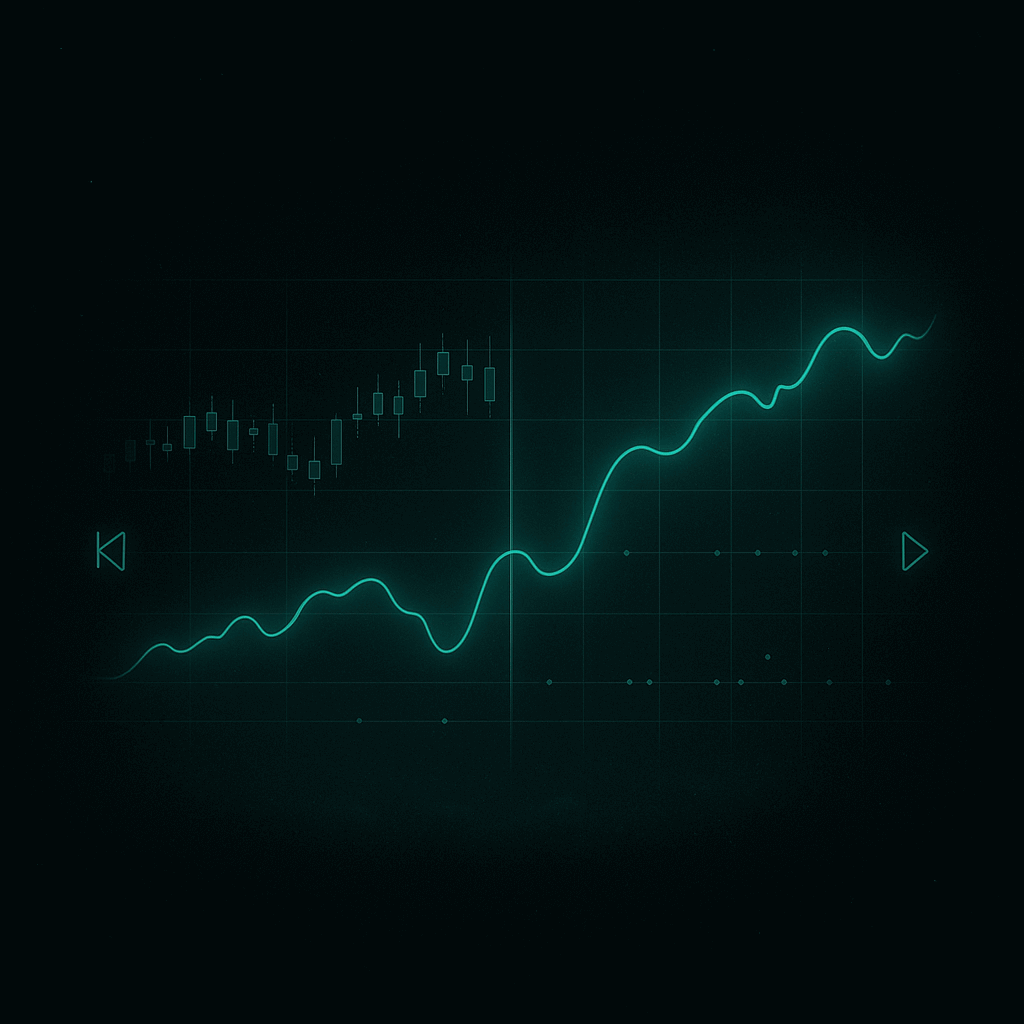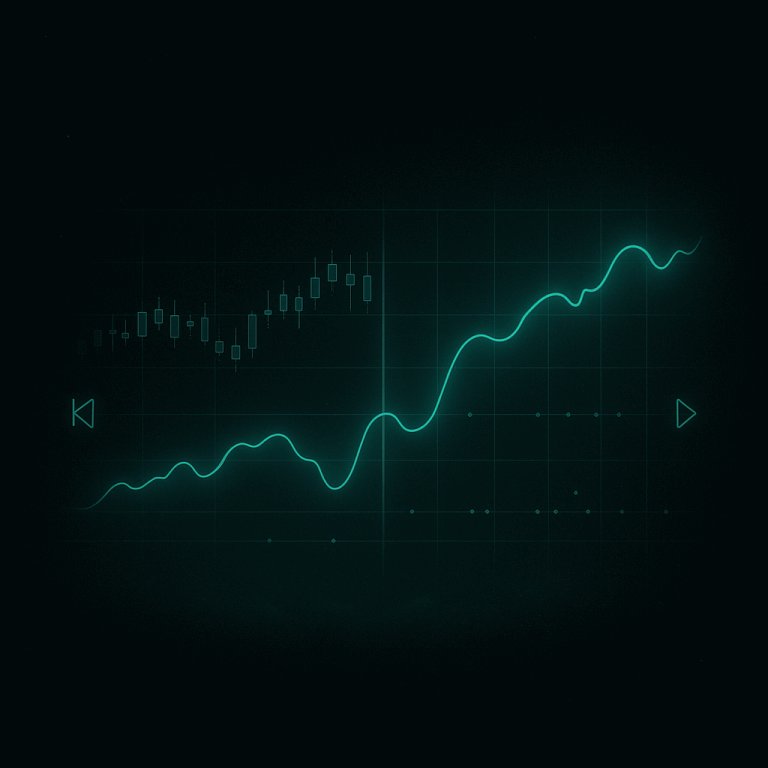A profitable strategy is not created overnight. Backtesting is a process that requires structure and discipline. Many traders jump straight into coding bots or running tests, but without a clear workflow, results can be misleading. This guide shows a step-by-step process for building a reliable backtesting workflow that saves time and produces trustworthy results.
Step 1: Define the Trading Idea
Every workflow starts with a clear hypothesis.
- What is the market condition you want to capture? (trend, breakout, mean reversion)
- What instrument and timeframe are you targeting?
- What entry and exit logic do you want to test?
Without a clear idea, the backtest becomes random trial and error.
Step 2: Collect Quality Data
Data quality determines backtest accuracy.
- Use tick or 1-minute data if possible.
- Check for gaps, duplicates, and unrealistic prices.
- Adjust for dividends, splits, or contract rollovers (stocks/futures).
Bad data = bad results, no matter how strong the strategy looks.
Step 3: Build Simple Rules
Keep rules clear and testable. Example:
- Entry: Buy when price closes above 50 SMA.
- Exit: Sell when price closes below 50 SMA.
- Risk: Max 2% per trade.
Complex systems with too many conditions often fail in live trading.
Step 4: Run Initial Backtest
Test the strategy over a long historical period. Focus on:
- Profitability (net profit, win rate, profit factor)
- Risk (drawdown, volatility)
- Stability (results across years and market regimes)
At this stage, don’t optimize too much – just see if the core idea works.
Step 5: Optimize Parameters
Carefully adjust parameters to improve performance.
- Use walk-forward testing or out-of-sample data.
- Avoid curve fitting by limiting parameters.
- Focus on robustness, not perfection.
Optimization should confirm that the strategy adapts to different markets, not just one dataset.
Step 6: Validate Out-of-Sample
Split data into:
- In-sample: for developing and optimizing.
- Out-of-sample: for validation.
If the system only works in-sample, it’s not robust enough.
Step 7: Stress Test
Test the strategy under extreme conditions:
- Increased slippage
- Higher spreads
- Lower liquidity
- Randomized price shifts
A strong system should survive stress tests with acceptable performance.
Step 8: Document the Results
Write down all assumptions, rules, and metrics. This builds confidence and prevents you from changing rules on the fly.
Step 9: Forward Test in Demo
Before going live, run the system in real-time on a demo account. Compare live results with backtests to confirm stability.
Conclusion
A reliable backtesting workflow transforms random experiments into a systematic process. By following these steps – from idea to forward testing – traders can filter out weak systems and focus only on strategies with real potential. This disciplined approach saves money, avoids frustration, and builds confidence for live trading.




